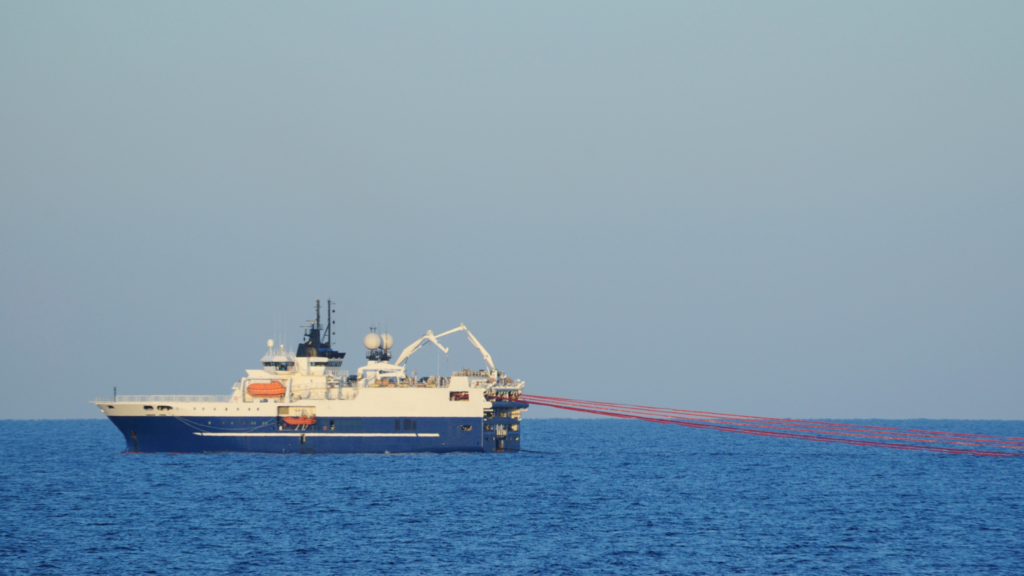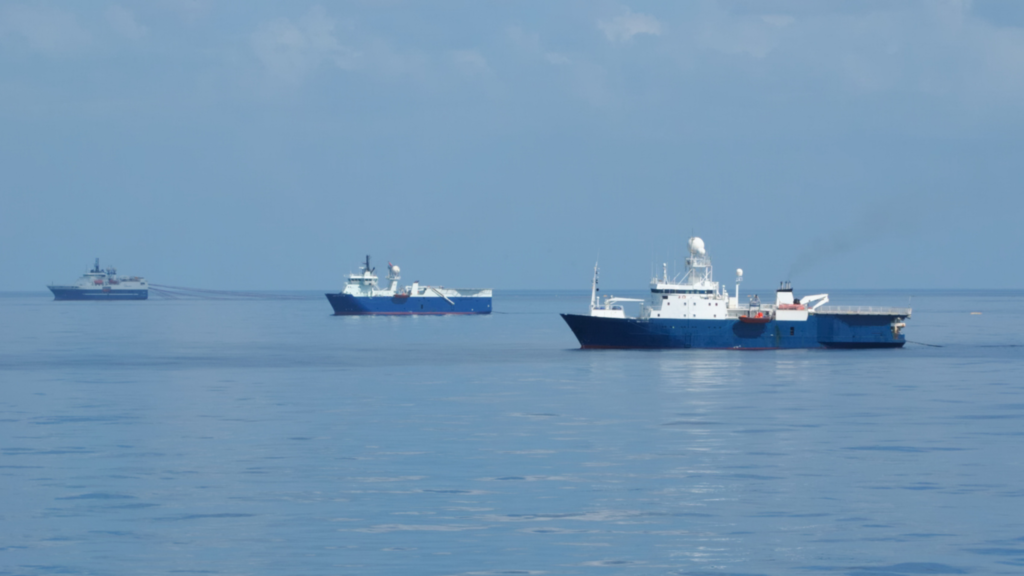Survey ships play a vital role in our understanding of oceanic ecosystems, geological features, and environmental conditions. As mobile research platforms, they are dedicated to the study, research, and inspection of various oceanic attributes, providing invaluable data that guides industries, environmental efforts, and scientific inquiry.
The Essence of Survey Ships
Survey ships are engineered to probe the vast complexities of our oceans, including the ocean floor’s physical, geological, hydrological, chemical, biological, and environmental characteristics.


The data collected serves numerous applications ranging from maritime navigation and coastal engineering to offshore construction and environmental monitoring.
In addition to these scientific applications, survey vessels are crucial in special operations such as search missions following shipwrecks. The search for Malaysia Airlines flight MH370 in 2014 involved a massive, multi-national effort that highlighted the significance and challenges of underwater search operations. Unfortunately, the wreckage was never conclusively found, underscoring the complexities inherent in ocean explorations.
Data gathering is at the core of a survey ship’s mission. The more comprehensive the data collected, the better researchers and engineers can understand and utilize the vast resources and features inherent in our oceans. Surveys may involve various data types, drawing from physical, acoustic, visual, and chemical analyses, thereby expanding our scope of understanding.
Key Applications of Survey Ships
Survey ships are essential for a variety of applications:
- Hydrographic Surveying:
This specialized study focuses on comprehending the physical characteristics of the ocean floor. Techniques such as bathymetry (studying underwater depth) and seabed mapping provide insights into underwater geography, sediment distribution, and geological formations. Advanced technologies including SONAR, sound sensors, and hydrophones have revolutionized these studies, enhancing our capabilities for mapping and understanding seafloor features. - Oceanographic Studies:
Closely related to hydrography, these studies explore water’s physical, chemical, and biological properties. Factors like temperature, salinity, and pressure fluctuations are monitored to understand marine habitats and their influence on global climate. Insights gleaned from oceanographic studies are crucial for advancing environmental science and meteorology. - Marine Biology:
As ecosystems within the ocean, marine environments hold a treasure trove of biological diversity. Survey ships enable researchers to study marine organisms and their habitats, revealing the ecological dynamics at play and informing sustainable practices within the fishing and marine agriculture industries. Additionally, findings from marine biology research have led to breakthroughs in medicine due to the discovery of marine organisms with therapeutic potential. - Environmental Monitoring:
Given the oceans’ critical role in our planet’s ecosystem, survey vessels often conduct assessments of water quality, pollution levels, and ecological health. Monitoring changes in marine environments helps evaluate impacts from human activities, such as climate change or industrial pollution, ultimately guiding responsible stewardship of ocean resources.
The Design and Features of Survey Ships
Survey vessels vary considerably in size and design based on their intended use, but they generally share some common attributes:
- Hull Design:
Typically designed with a bluff form, survey vessels prioritize stability and space over speed, accommodating a variety of research instruments and equipment. Larger ships suited for complex research missions may have more intricate hull designs, while ice-class vessels boast reinforced structures to endure harsh Arctic conditions. - Endurance and Sustainability:
Operating for extended missions requires survey vessels to sustain themselves with adequate supplies, including fuel, fresh water, and provisions for crew members. High-power configurations support operational loads, necessitating sophisticated machinery and reliable fuel bunkering plans. - Advanced Equipment:
Equipped with state-of-the-art technology, survey vessels carry numerous instruments such as:- SONAR systems, echo sounders, and hydrophones for underwater feature mapping.
- Sampling devices for collecting sediment and biological specimens.
- Autonomous underwater vehicles (AUVs), remotely operated vehicles (ROVs), and submersibles for terrain inspection.
- CTD (Conductivity, Temperature, Depth) sondes for essential oceanographic measurements.
- Magnetometers and seismic apparatus for monitoring geological activity.
- Weather observation gear to gather crucial meteorological data.
Conclusion
Survey ships form a critical component of our capacity to explore and understand the intricate workings of our oceans. Their unique design, advanced technology, and multifaceted applications facilitate extensive studies that enable scientists and engineers to investigate oceanic features and challenges. As climate change and resource management become increasingly pressing issues, the role of survey vessels will only grow more prominent in safeguarding and managing our planet’s vital marine environments. Whether through mapping the seabed or monitoring environmental health, these vessels are at the forefront of our quest to unlock the mysteries beneath the waves, providing insights that carry implications for the entire globe.